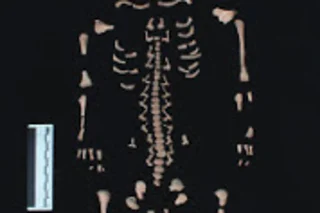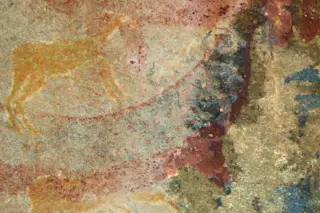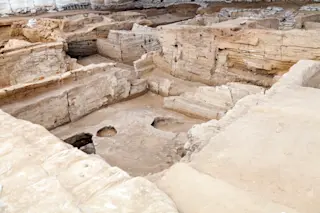For one unfortunate medieval Italian, the cradle was the grave. It’s commonly called coffin birth, though researchers use the terms post-mortem fetal extrusion or expulsion. And yes, it is what you think it is — but the latest case documented by scientists, from 14th century Liguria, reveals there was more to the story.
A re-examination of a medieval grave outside Genoa, Italy, that was first discovered in 2006 has given researchers more information about the individuals buried in it. The grave is dated to the second half of the 14th century, around the time of the Black Death.
The infamous outbreak-turned-pandemic of plague got a toehold in Europe via the port of Genoa and over the next few years spread rapidly throughout the continent and around the Mediterranean. Reasearchers believe up to half of the European population perished.
But that’s the big picture. Let’s focus instead on a very small ...














